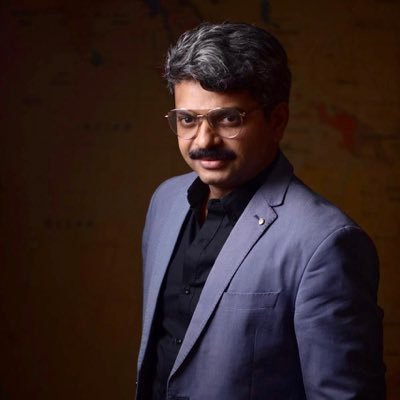There should be tax reduction on any form of treatment related to coronavirus: IHW Council
January 20, 2022 | Thursday | Views
Kamal Narayan Omer, Founder & CEO, Integrated Health and Wellbeing (IHW) Council
“Amid the Omicron variant that has ushered in a new and disorienting phase of the COVID-19 pandemic, the countdown for the Union Budget 2022 has begun. Last year, the Government of India rolled out a slew of people-friendly packages at the height of this pandemic which boosted the economy in an unprecedented manner. This year, too, we all look forward to a budget that will ensure social health protection to the needy and disadvantaged.
First and foremost, there should be a tax reduction on any form of treatment related to the Coronavirus. Ever since the pandemic struck us, both the Government of India and state governments have provided financial assistance to the infected people and their families. However, it has been seen that many people have been deprived of it. So, providing tax relief for such financial expenses will help all and sundry, especially to the poor citizens. A complete tax relief and an extension of it will also immensely benefit two groups of people. One, the middle-class taxpayers. Two, people who still don’t have medical insurance. While the Section 80D currently allows a deduction of medical expenditure only for senior citizens, the same should be provided to people irrespective of age.
Secondly, including all life-saving drugs in the generic category is a must. For instance, every year millions of Indians are diagnosed with different types of cancer. Given the high cost of the life-saving cancer drugs, many patients are financially stretched to the limit while paying out of their own pockets. Therefore, reduction of GST on these drugs are essential.
Thirdly, and most importantly, the COVID-19 pandemic has reinstated the importance of having basic healthcare across the country, especially in the rural set-ups. In India, over 75% of the healthcare infrastructure is concentrated in urban areas and there is a serious degradation in the quality or infrastructure in the rural areas. In fact, tens of thousands of patients in the rural areas are still in the hands of quacks and unscientific medical practices. The villagers travel a long distance to the nearest hospital in case of
emergencies and the only viable transportation is private transport which many cannot afford because of their financial condition. Therefore, there is a growing need to create and deploy innovative technologies to ensure last-mile delivery of basic healthcare services, even in the hinterlands.”









